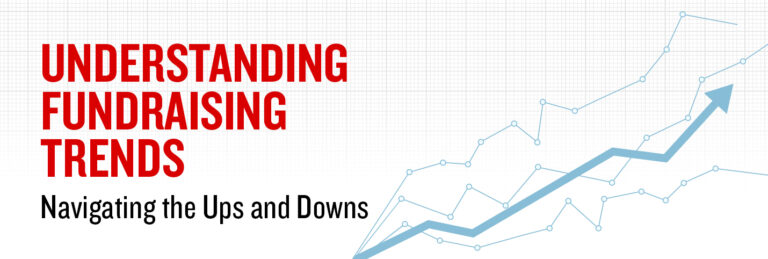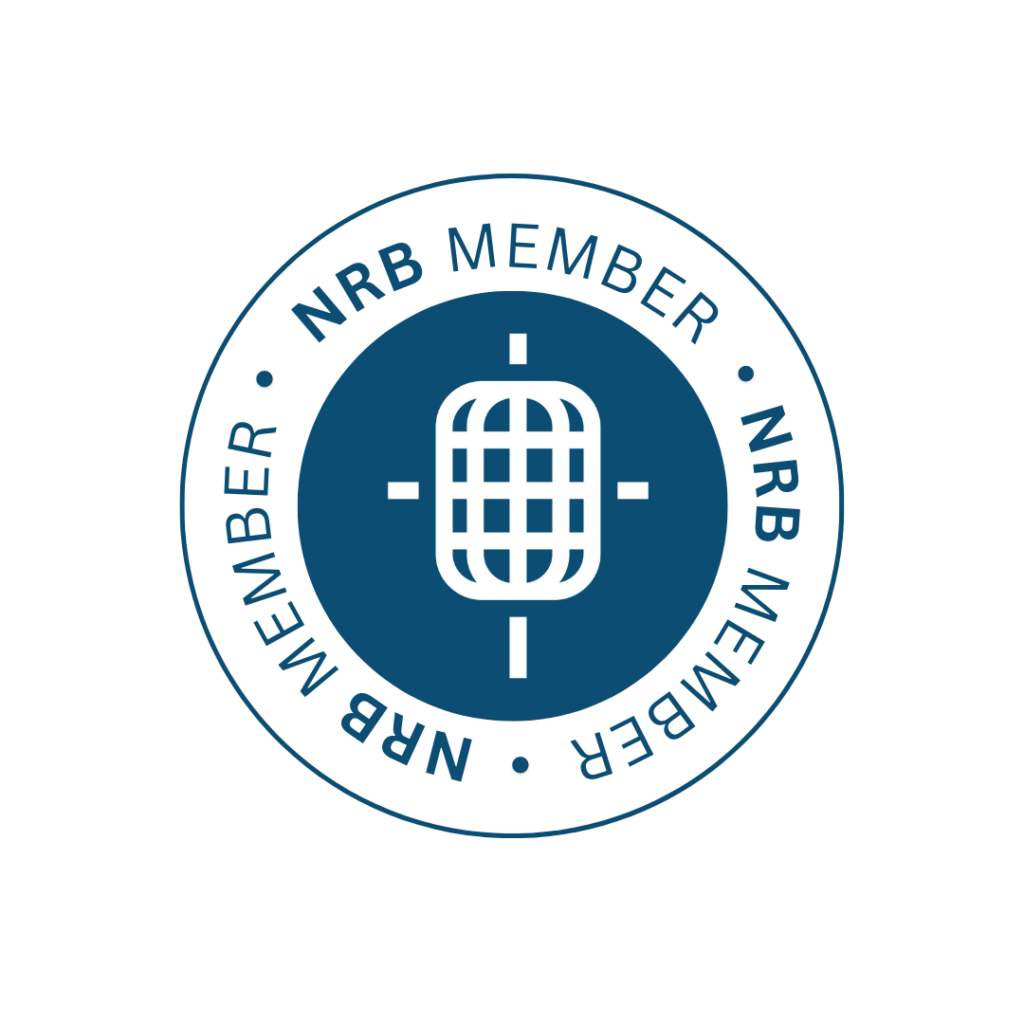Your Most Valuable Quality During Year-End
By Shelley Cochrane
The year-end giving season is a busy time, when development staff work fast and furiously to keep donor processes running smoothly. Rightly, you concentrate on shoring up data entry processes, fixing payment processing issues, updating website pages, and making address changes. These processes are critical.
But the reason these changes are important is because behind each transaction is a person who voluntarily gives of their financial resources to support the work you do. So when a donor contacts you with an issue—even in the busiest of moments in your workday—do you succumb to the temptation to quickly address their concern . . . or do you take the time to LISTEN?
These connections are crucial—because your donors give out of a desire to make the world a better place, and they’re choosing to do it through you. So take the opportunity to listen. Really listen. Listen to the person whose wife got mad he donated and demands he get their money back; or the one who’s afraid he was relegated to the lapsed category and forgotten. Listen to the story of the 9-year-old who planned her own hot chocolate fundraiser to help kids, but her mom isn’t sure who to list as the donor when she’s sending the check.
Make the time—despite the busyness—to listen to their stories, to their hearts, even while resolving a complaint. Because, in truth, you’re asking the same of your donors with each appeal you send. While cooking dinner, checking on grandma, trying to re-schedule an orthodontist appointment for the third time, your communication arrives and interrupts them—and you’re asking them to drop everything to make a gift. They may not have time for you, but how often is it that they make time anyway?
So yes, make every effort to ensure your systems are serving donors well. But be intentional in taking every opportunity to listen while you serve them. Because listening leads to understanding, and understanding strengthens donor relationships. Thriving nonprofits have strong donor relationships.
Related articles
-

More Than Just Work
As a young Christian professional navigating the conundrum of aligning my beliefs into a purposeful career, I’ve been blessed to…
-

What to Think of Artificial Intelligence and Its Impact on Fundraising . . .
In trying to summon an image to represent our theme for this issue of Donor Focus, I found myself drawn…







